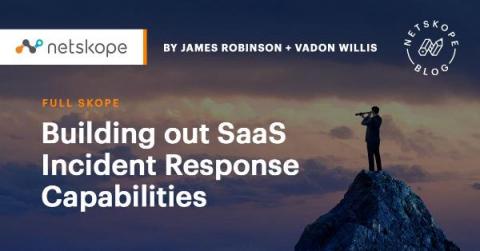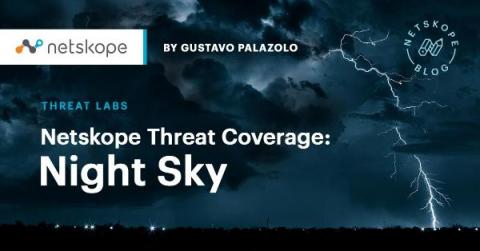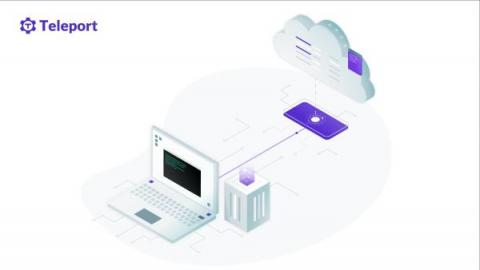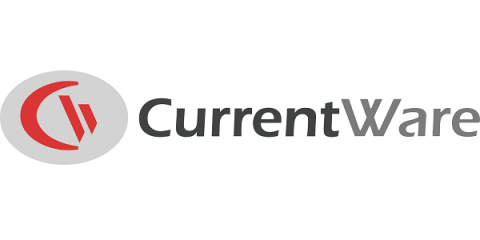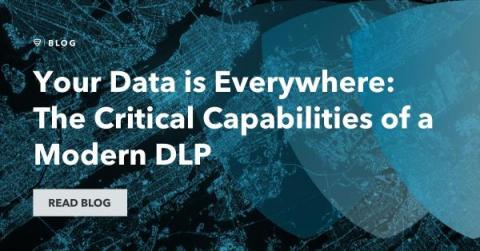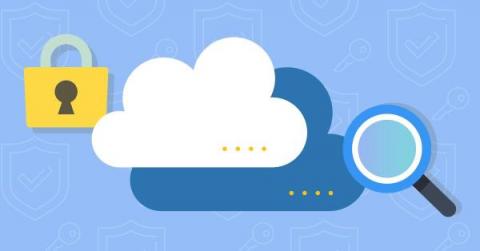Building Out SaaS Incident Response Capabilities
Every functioning security team has an incident response plan. Advance strategizing and preparation are absolutely imperative to ensure a quick response to data breaches, ransomware, and numerous other challenges, but most companies first developed that plan years, if not decades, ago and now only revisit it periodically. This is a problem. How many organizations have developed a separate incident response plan to address the unique risks of the software-as-a-service (SaaS) era? Far too few.


